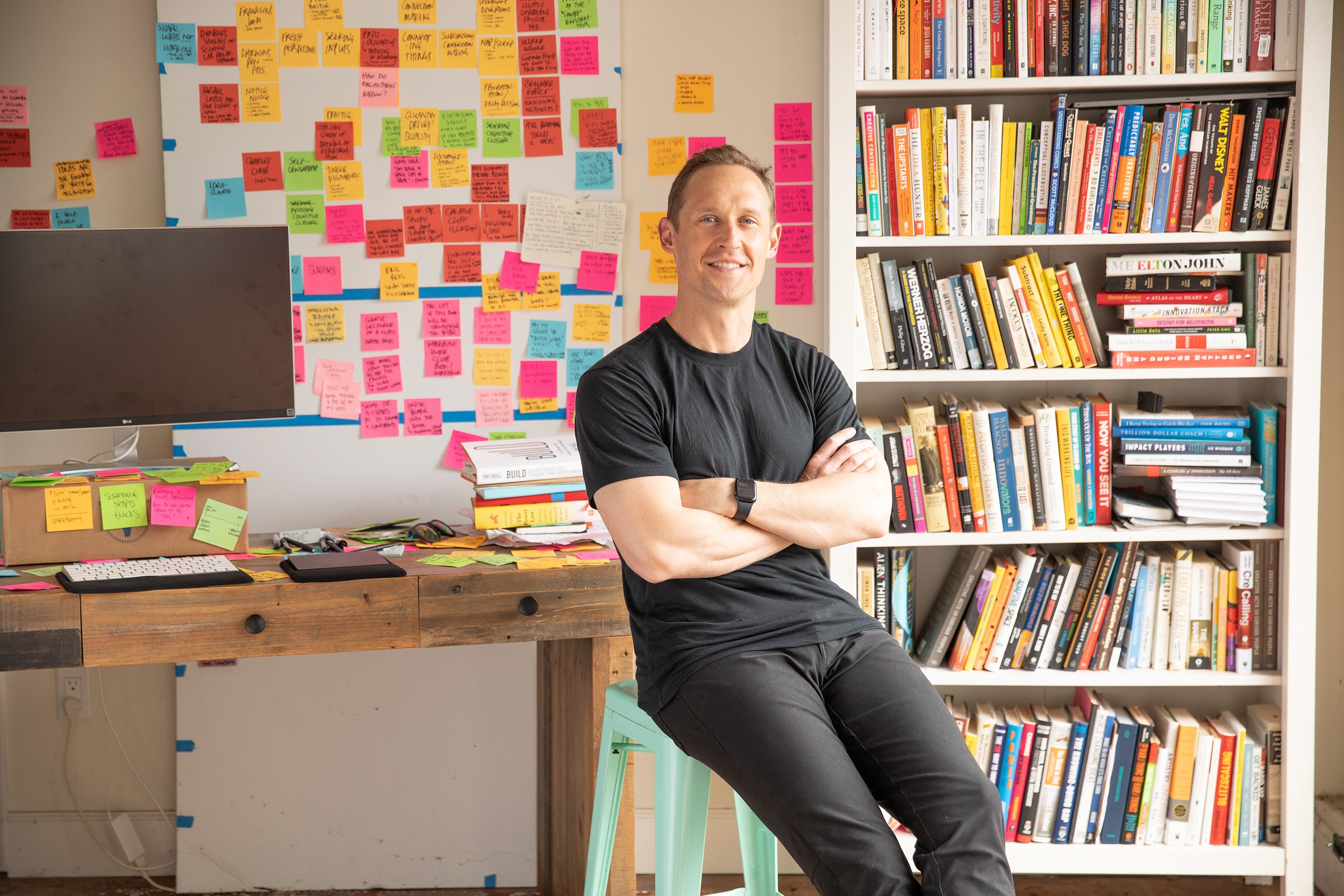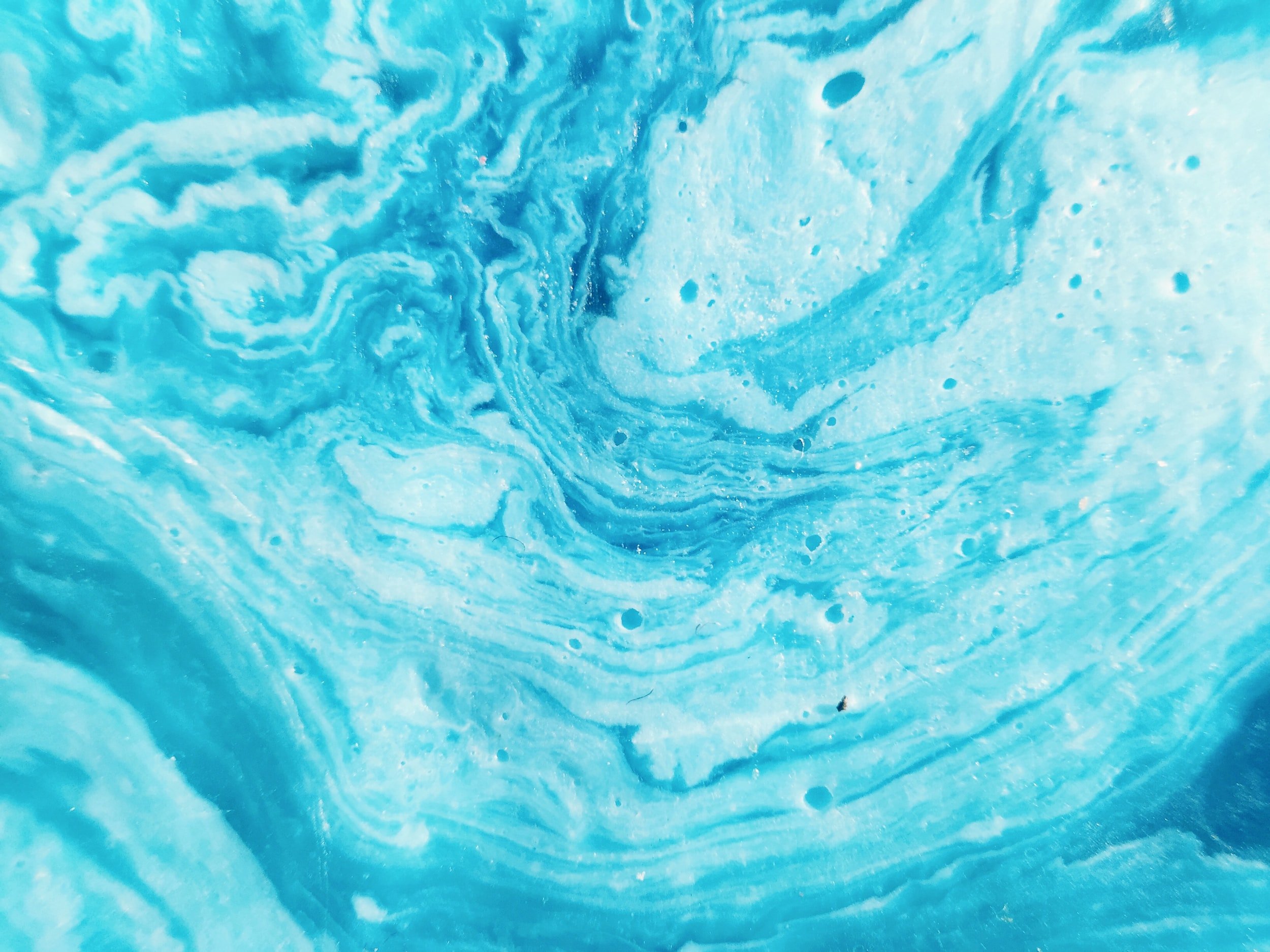
Methods of the Masters
A blog on the art & science of creative action.
Reject Your First Thought
Your first idea is rarely your best. Exploring multiple possibilities, even "dummy" options, is the key to unlocking innovation. Here’s how to maximize your creativity and elevate your problem-solving skills: reject the trap of settling for your initial thoughts.
Go Pro in Innovation
To become a professional in any field takes an enormous amount of skill, and hard work. Routine practice is a hallmark of the “professional” in any context. Here’s how to take a professional mentality into the innovation arena.
Have and Share a Bad Idea
From Steve Jobs to Taylor Swift to Seth Godin, there’s remarkable consistency among “the greats”: having bad ideas is a necessary precondition to having good ones.
Prune Your Ideas
To stimulate innovation, ideas and experiments are critical. But how to free up resources necessary to drive new initiatives forward? Start by pruning back some work that’s past its prime. Here’s how.
Test Your Material
Seinfeld brilliantly details the core molecular structure of the creative process: equal parts idea generation and scientific testing. And he approaches the process with yeoman’s determination.
Seek Fresh Input
The instinct to get out into the world for inspiration is one that’s got to be cultivated. Malcolm Gladwell, Tina Fey, and Twyla Tharp all have slightly different recommendations… but they rhyme!
Navigate Embarrassment
Taylor Swift and Isaac Asimov feel the same way about doing creative work: It can be embarrassing! How an innovator navigates those waters can make all the difference. Ben Franklin’s tactics provide clues…
Have Lots of Bad Ideas
Taylor Swift illuminates one of the most counterintuitive findings in all the creativity literature: the best way to have a good idea is to allow yourself to have lots of bad ideas. Seth Godin agrees.
Beat The Odds
Innovation is a numbers game, which is music to my ears since I’m a statistics nerd. One of my favorite counterintuitive statistical truths is Bayes’ Theorem. Study it to beat the entrepreneurial odds.
Push Past Obvious
Paraphrasing Google X CEO Astro Teller, sparking group innovation can be as simple asking a team to “Gimme five.” Those two words contain a remarkable depth of wisdom.
Make An Extra Revision
Don’t just generate new ideas. Iterate your old ones, too. According to legendary creators James Clear and Mr. Beast, iteration is sometimes even more important than a new idea.
Build Your Idea Muscle
Spectacular entrepreneurs craft clever experiments. And a robust experimentation practice demands a rigorous ideation ritual. At Stanford, this is how folks build the muscle.
Number Your Ideas
World-class creators like Jon Acuff literally count their ideas. It’s one of the simplest ways to measure your creative capacity, and whether it’s growing.
Learn With Lunatics
The surprising secret to YouTube sensation Mr. Beast’s rise to prominence? Gathering likeminded learners to exponentially reduce the ramp of a new pursuit. Such folks are lunatics.
Make Sacrifices
What do Kobe Bryant, Jerry Seinfeld, Michael Phelps, and the digital artist Beeple have in common? They all made sacrifices to do something special.
Gather Conceptual Legos
Wildly inventive individuals have a habit of gathering conceptual pieces before they know exactly what they’re going to do with them. The more legos you collect, the more ideas you can make.
Set An Output Schedule
Lorne Michaels, the most-nominated person in Emmy history, has accomplished something that very entertainers do: sustained creative excellence. His mantra for creative success is quite surprising…
Broaden Your Experimental Portfolio
Experiment broadly! Fantastic example from Ogilvy on the power of fighting tunnel vision, which limit us to far narrower ideation and far fewer experiments than would be beneficial.
Get Your Work In
It’s an enormous mistake to wait for lightning to strike. Seinfeld’s relentless approach to developing new material — and his mindset in so doing — gives him an incredible advantage in the creative process.
Fight Your Cognitive Bias
What if one reason we aren’t all a little more like Einstein is a simple cognitive bias? What if we could short circuit that bias with practice?
Good news: we can!



















